Home>Gardening & Outdoor>Landscaping Ideas>What Kind Of Grass Grows In South Florida
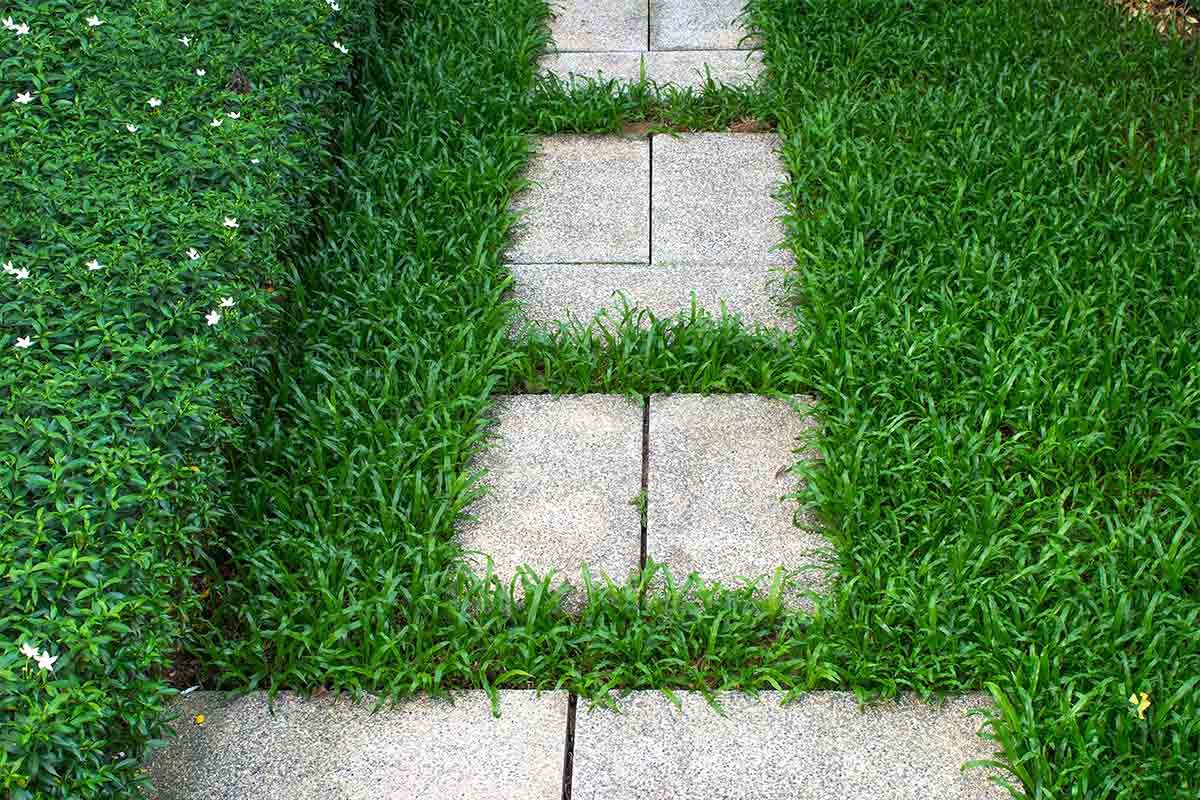

Landscaping Ideas
What Kind Of Grass Grows In South Florida
Modified: March 27, 2024
Discover the best landscaping ideas for South Florida with our guide on the types of grass that thrive in the region. Create a lush and vibrant lawn with the right grass for your landscaping needs.
(Many of the links in this article redirect to a specific reviewed product. Your purchase of these products through affiliate links helps to generate commission for Storables.com, at no extra cost. Learn more)
Introduction
South Florida is renowned for its stunning landscapes, vibrant flora, and year-round sunshine. The region's unique climate and soil conditions create an ideal environment for cultivating lush, verdant lawns. Whether you're a homeowner, landscape designer, or gardening enthusiast, understanding the types of grass that thrive in South Florida is essential for creating a picturesque and sustainable outdoor space.
In this comprehensive guide, we will delve into the diverse range of grass species that flourish in South Florida's subtropical climate. From the sandy shores of Miami to the lush greenery of the Everglades, South Florida offers a rich tapestry of environments that support various grass varieties. By exploring the optimal grass types and best practices for nurturing them, you'll gain valuable insights into transforming your outdoor spaces into inviting and resilient landscapes.
As we embark on this exploration of grasses in South Florida, we'll uncover the unique characteristics of the region's climate and soil conditions that influence the growth and maintenance of different grass species. Additionally, we'll delve into the best practices for cultivating and maintaining a healthy, vibrant lawn in this dynamic and diverse ecosystem.
Join us on this journey through the verdant landscapes of South Florida as we discover the secrets to cultivating thriving lawns that embody the region's natural beauty and vitality.
Key Takeaways:
- Choose St. Augustine, Zoysia, Bahia, or Bermuda grass for a lush lawn in South Florida. These grasses are tough, handle the heat, and make your yard look amazing!
- To keep your South Florida lawn healthy, prep the soil, water wisely, and use sustainable care practices. With the right grass and good maintenance, your yard will thrive!
Climate and Soil Conditions in South Florida
South Florida boasts a subtropical climate characterized by hot, humid summers and mild, dry winters. The region experiences an average annual temperature of 75°F (24°C), with high humidity levels that contribute to the lush, tropical vegetation that thrives in this environment. The extended warm season and ample rainfall create an ideal setting for a diverse range of grass species to flourish.
The soil conditions in South Florida are notably diverse, ranging from sandy soils along the coastal areas to organic-rich muck soils found in the Everglades. The sandy soils prevalent in many parts of South Florida offer good drainage, which is beneficial for some grass species. However, these soils may lack essential nutrients, requiring additional care and maintenance to support healthy grass growth. In contrast, the organic muck soils found in the Everglades are rich in nutrients but may pose challenges for grass cultivation due to their high water retention and potential for compaction.
The combination of the region's climate and soil conditions presents both opportunities and challenges for growing grass in South Florida. Understanding the intricacies of these factors is crucial for selecting the most suitable grass species and implementing effective maintenance practices to ensure a thriving lawn.
In the next section, we will explore the types of grass that have proven to thrive in South Florida's unique climate and soil conditions, providing valuable insights for creating resilient and visually appealing landscapes.
Types of Grass That Thrive in South Florida
When it comes to selecting the most suitable grass for your South Florida lawn, several varieties have demonstrated exceptional resilience and adaptability to the region's subtropical climate and diverse soil conditions. These grass species not only withstand the heat, humidity, and occasional droughts prevalent in South Florida but also offer lush, vibrant greenery that enhances the visual appeal of outdoor spaces. Let's explore some of the top grass types that thrive in South Florida:
1. St. Augustine Grass
St. Augustine grass stands out as one of the most popular choices for South Florida lawns due to its impressive tolerance to heat, humidity, and salty coastal conditions. This grass variety flourishes in the region's sandy soils and exhibits excellent shade tolerance, making it well-suited for both sunny and partially shaded areas. With its dense, carpet-like growth and vibrant green hue, St. Augustine grass adds a touch of elegance to residential and commercial landscapes.
2. Zoysia Grass
Zoysia grass has gained popularity in South Florida for its remarkable ability to withstand high temperatures, resist pests, and maintain its vibrant color throughout the year. This warm-season grass thrives in the region's well-drained sandy soils and exhibits moderate shade tolerance, making it a versatile choice for lawns, golf courses, and public parks. Its fine texture and dense growth pattern contribute to a visually appealing and resilient lawn that can endure the rigors of South Florida's climate.
Read more: What Kind Of Grass Is In Florida
3. Bahia Grass
Bahia grass has earned a reputation for its exceptional durability and low maintenance requirements, making it a favored choice for South Florida's expansive landscapes and roadside areas. This hardy grass variety exhibits impressive heat and drought tolerance, thriving in the region's sandy soils with minimal irrigation needs. With its coarse texture and robust growth, Bahia grass offers a practical and cost-effective solution for establishing resilient lawns that can withstand the challenges of South Florida's climate.
4. Bermuda Grass
Bermuda grass has long been valued for its exceptional heat tolerance, rapid growth, and ability to form a dense, resilient turf in South Florida's warm and sunny conditions. This versatile grass variety thrives in well-drained soils and exhibits remarkable resilience to foot traffic, making it an ideal choice for high-traffic areas such as sports fields, golf courses, and recreational spaces. Its fine texture and rapid regrowth capabilities contribute to a visually appealing and durable lawn that can withstand the demands of active outdoor environments.
By understanding the unique characteristics and maintenance requirements of these grass species, homeowners, landscapers, and gardening enthusiasts can make informed decisions when selecting the most suitable grass for their South Florida landscapes. With the right choice of grass and proper maintenance practices, creating a vibrant, resilient lawn that thrives in South Florida's dynamic climate is well within reach.
Best Practices for Growing Grass in South Florida
Maintaining a healthy and vibrant lawn in South Florida requires a proactive approach that encompasses strategic cultivation, proper irrigation, and vigilant pest management. By implementing the following best practices, homeowners and landscapers can foster resilient grass growth and ensure the long-term beauty and sustainability of their outdoor spaces.
-
Soil Preparation: Prior to planting grass, it is essential to prepare the soil to create an optimal foundation for healthy growth. Conduct a soil test to assess nutrient levels and pH balance, and amend the soil as needed to ensure it provides the necessary support for grass establishment.
-
Selecting the Right Grass Variety: Choosing a grass variety that aligns with the specific environmental conditions of the intended lawn area is crucial. Consider factors such as shade tolerance, water requirements, and maintenance preferences when selecting the most suitable grass species for your South Florida landscape.
-
Proper Irrigation: South Florida's climate, characterized by periods of intense heat and occasional drought, necessitates efficient and targeted irrigation practices. Utilize irrigation systems that deliver water directly to the root zone, promoting deep root growth and minimizing water loss through evaporation.
-
Fertilization and Nutrient Management: Implement a tailored fertilization schedule based on the specific nutrient requirements of the selected grass species. Utilize slow-release fertilizers to provide a consistent supply of essential nutrients while minimizing the risk of nutrient leaching.
-
Integrated Pest Management: Develop a proactive pest management strategy that integrates cultural, biological, and chemical control methods to mitigate the impact of pests and diseases on grass health. Regular monitoring and prompt intervention are essential for preserving the vitality of the lawn.
-
Mowing and Maintenance: Adopt a regular mowing schedule that aligns with the recommended mowing height for the chosen grass variety. Proper mowing practices contribute to a healthy root system and promote the development of a dense, resilient turf.
-
Aeration and Dethatching: Periodic aeration and dethatching help alleviate soil compaction, improve air and water infiltration, and promote robust root development. These practices are particularly beneficial for grasses growing in South Florida's sandy soils.
-
Sustainable Lawn Care Practices: Embrace sustainable lawn care practices, such as mulching grass clippings and utilizing organic lawn care products, to minimize environmental impact and support the overall health of the lawn ecosystem.
By integrating these best practices into their lawn care regimen, individuals can cultivate thriving grass landscapes that embody the natural beauty and resilience of South Florida's unique environment. With a proactive and informed approach to grass cultivation and maintenance, homeowners and landscapers can create enduring outdoor spaces that captivate the senses and enrich the local ecosystem.
Conclusion
In conclusion, the diverse and dynamic landscapes of South Florida offer a rich tapestry of opportunities for cultivating vibrant and resilient grass lawns. The region's subtropical climate, characterized by warm temperatures, high humidity, and occasional droughts, presents both challenges and advantages for grass cultivation. By understanding the unique interplay between South Florida's climate and soil conditions, homeowners, landscapers, and gardening enthusiasts can make informed decisions when selecting the most suitable grass species for their outdoor spaces.
The exploration of grass varieties that thrive in South Florida has revealed the remarkable adaptability and resilience of species such as St. Augustine grass, Zoysia grass, Bahia grass, and Bermuda grass. These grasses not only withstand the rigors of the region's climate but also contribute to visually stunning and enduring landscapes. Their diverse characteristics, including heat tolerance, shade adaptability, and low maintenance requirements, empower individuals to create lush and inviting lawns that enhance the natural beauty of South Florida's outdoor environments.
Furthermore, the best practices for growing grass in South Florida provide a roadmap for nurturing healthy and sustainable lawns. From soil preparation and proper irrigation to integrated pest management and sustainable lawn care practices, these guidelines empower individuals to proactively cultivate thriving grass landscapes that embody the region's vitality and allure.
As homeowners and landscapers embark on the journey of creating and maintaining grass lawns in South Florida, the knowledge gained from this guide serves as a valuable resource for making informed decisions and implementing effective lawn care practices. By embracing the inherent resilience of select grass species and adopting proactive maintenance strategies, individuals can transform their outdoor spaces into captivating and enduring landscapes that harmonize with the natural splendor of South Florida.
In essence, the cultivation of thriving grass lawns in South Florida is a testament to the harmonious coexistence between human creativity and the region's rich natural heritage. By leveraging the insights and best practices shared in this guide, individuals can embark on a journey of sustainable and visually captivating grass cultivation, enriching their outdoor environments and embracing the timeless allure of South Florida's landscapes.
Frequently Asked Questions about What Kind Of Grass Grows In South Florida
Was this page helpful?
At Storables.com, we guarantee accurate and reliable information. Our content, validated by Expert Board Contributors, is crafted following stringent Editorial Policies. We're committed to providing you with well-researched, expert-backed insights for all your informational needs.
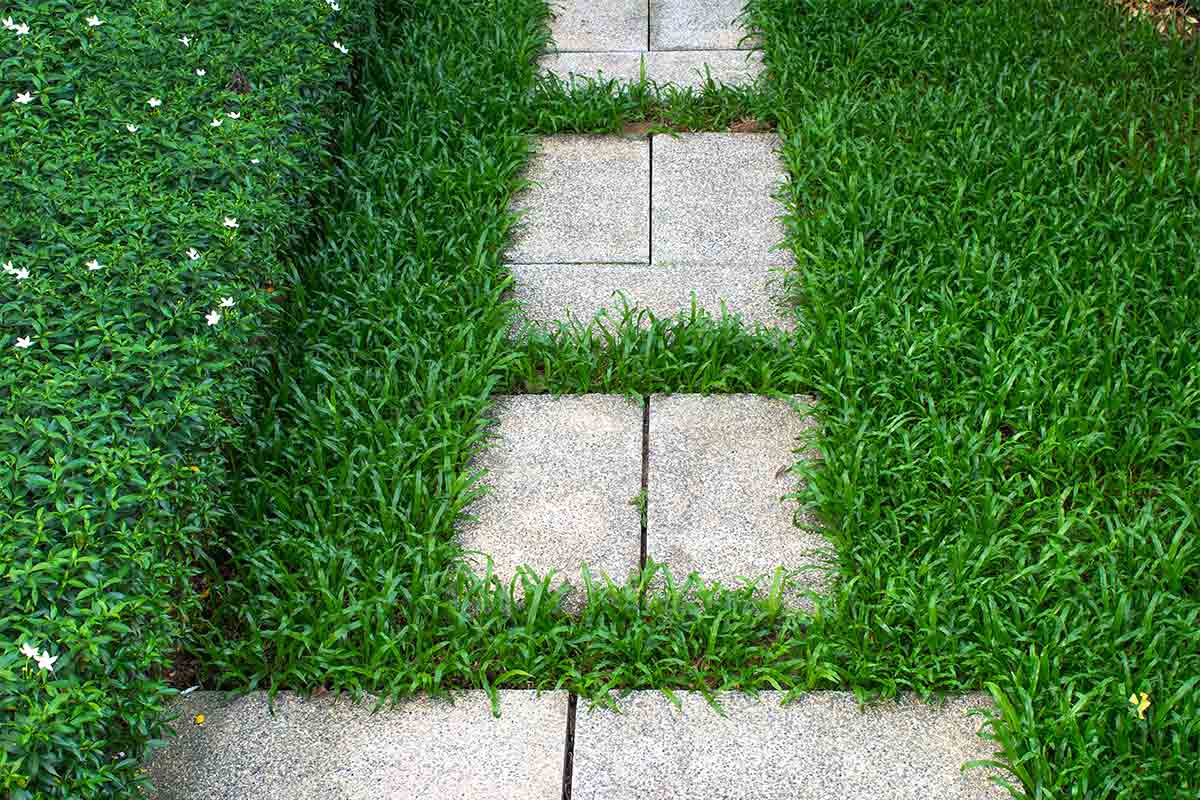
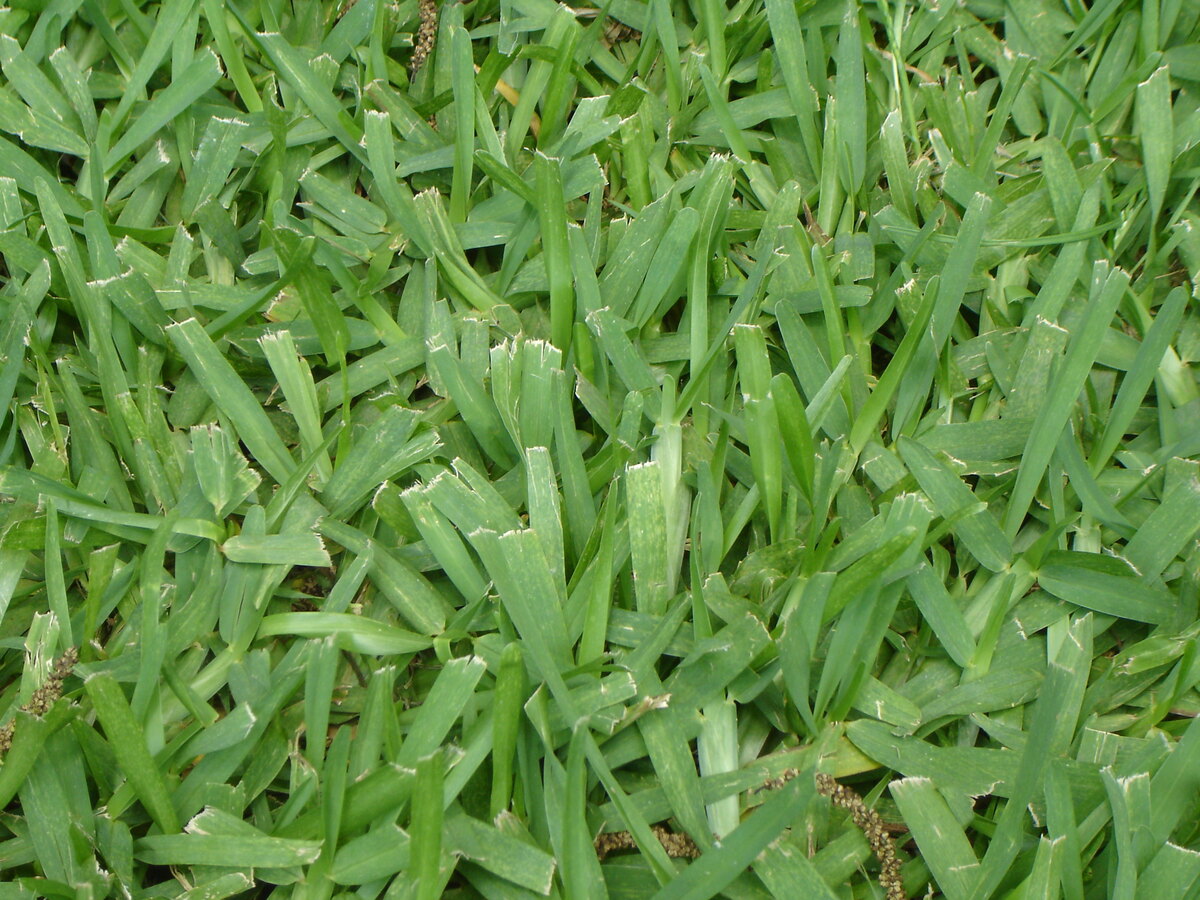
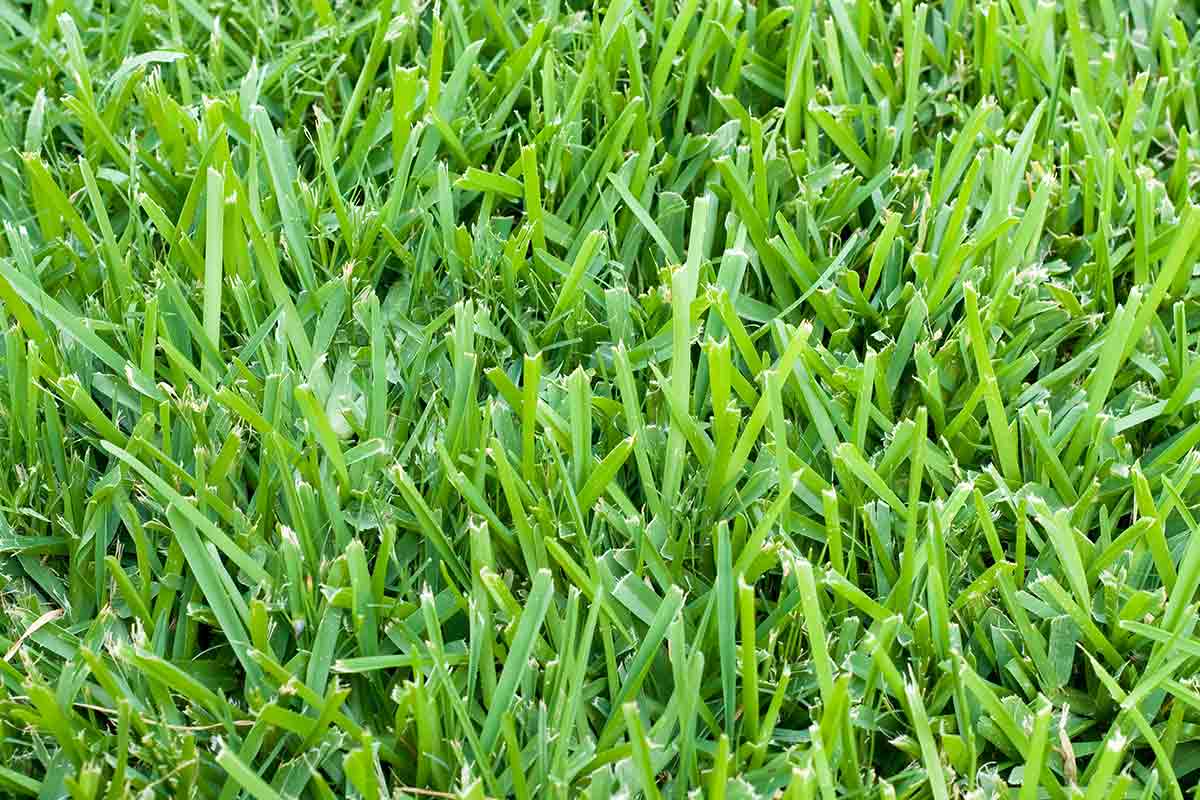
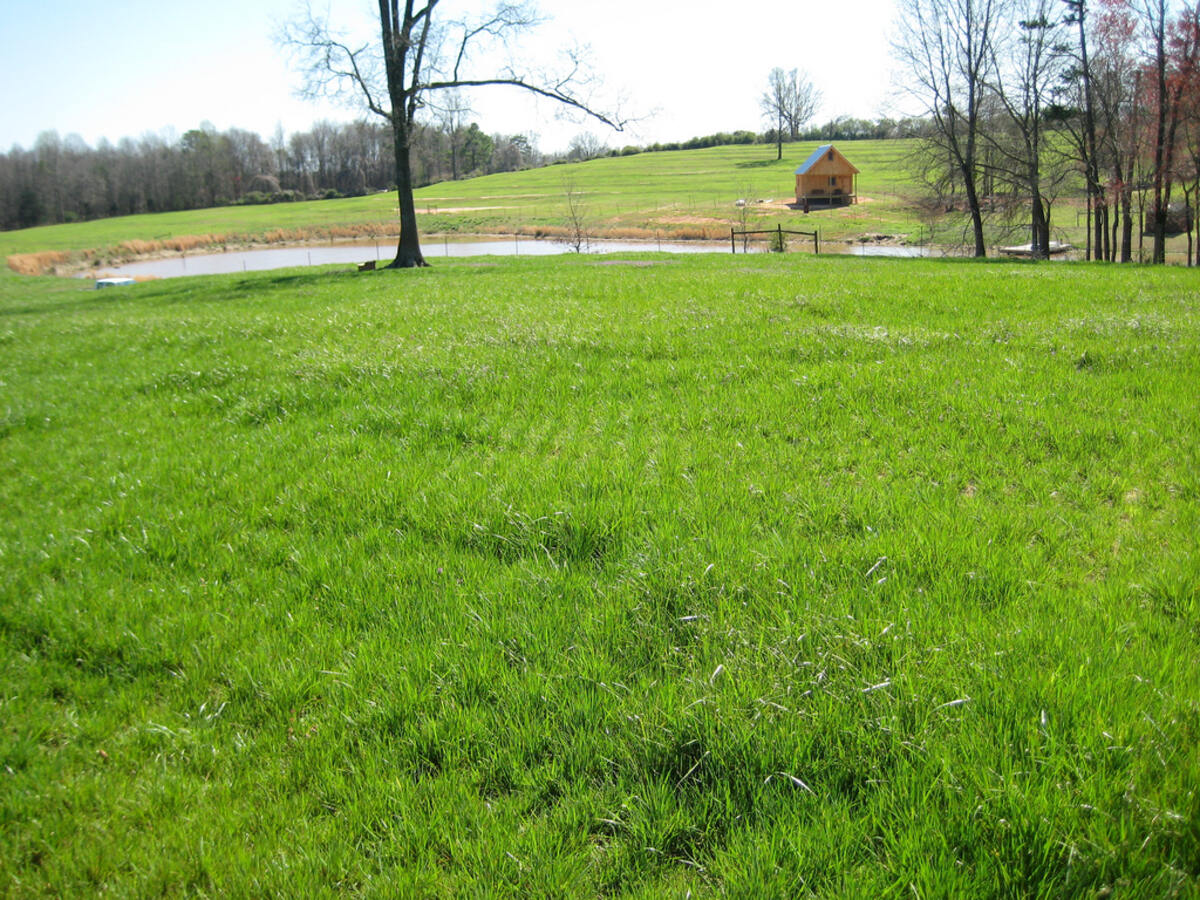
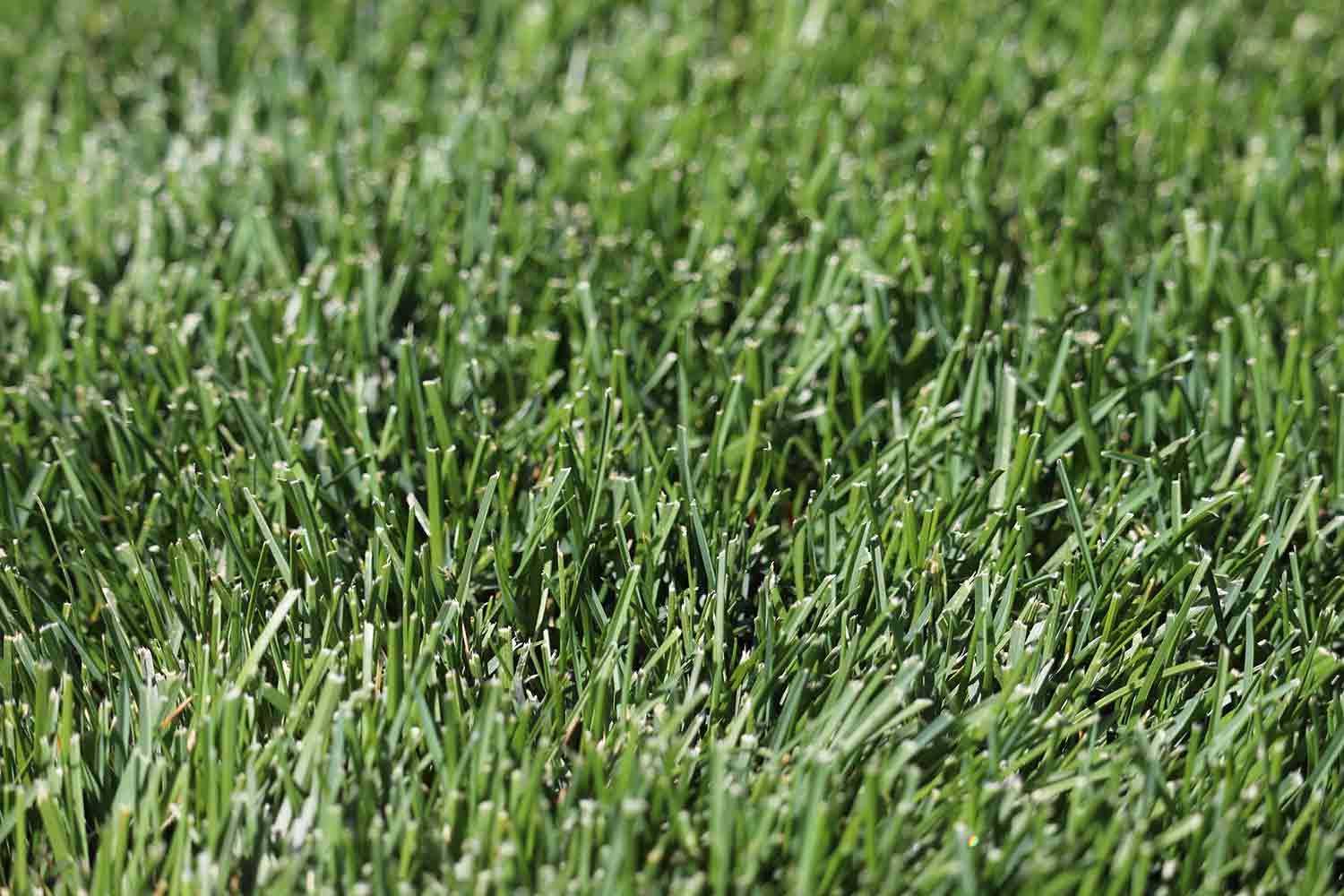
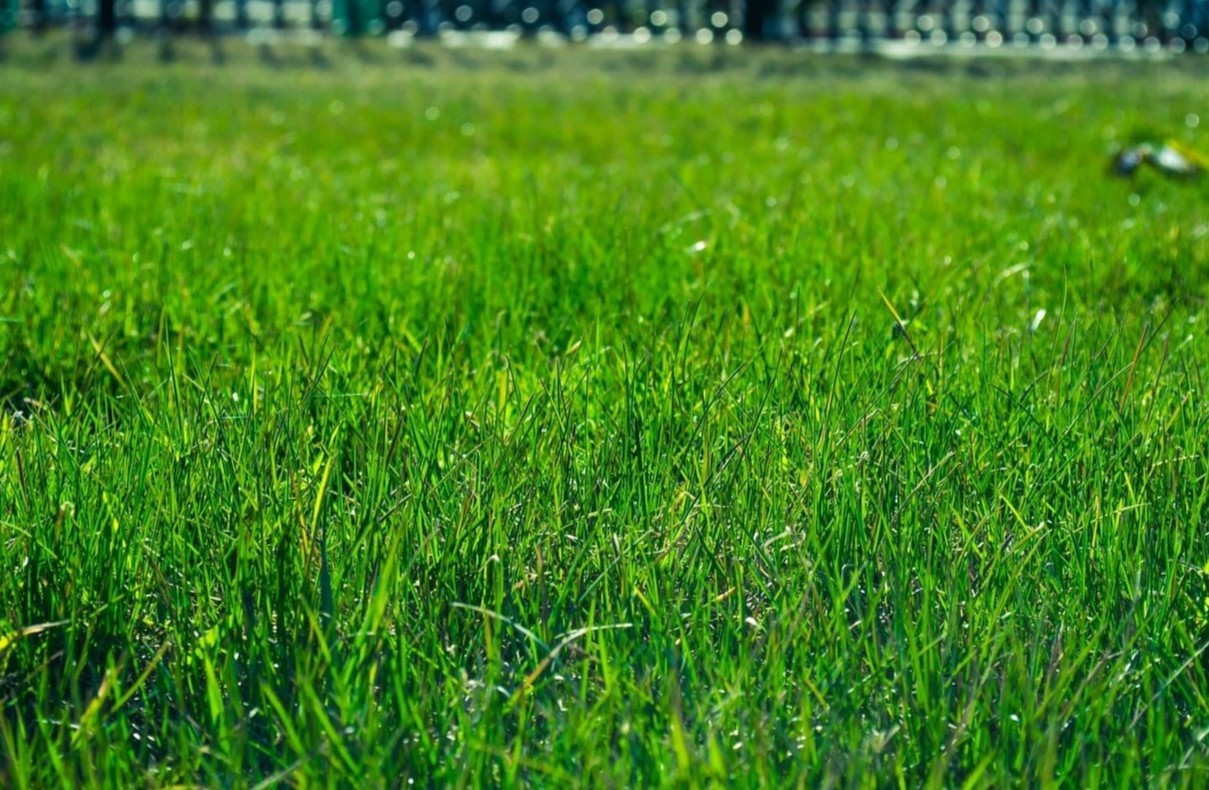
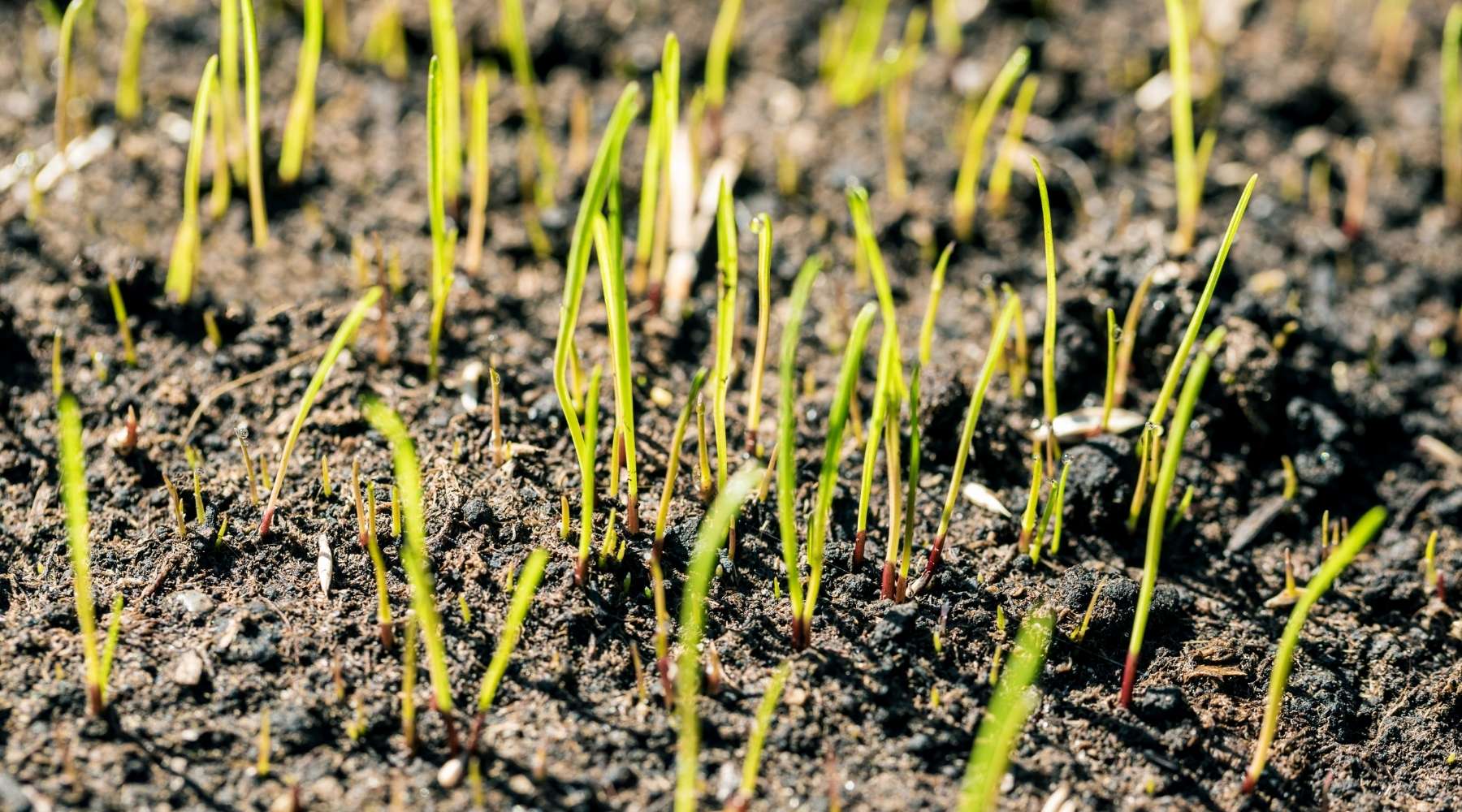
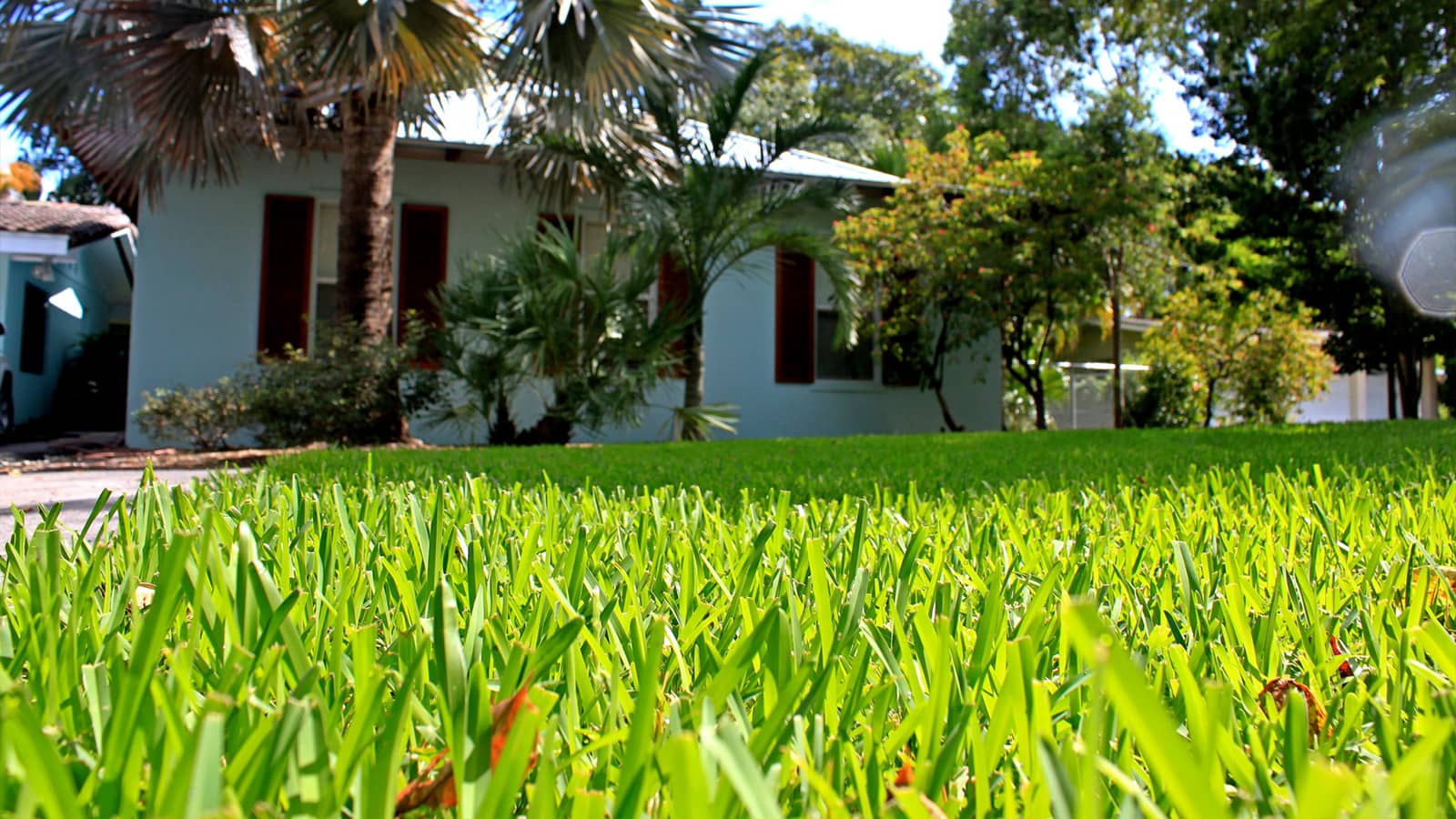
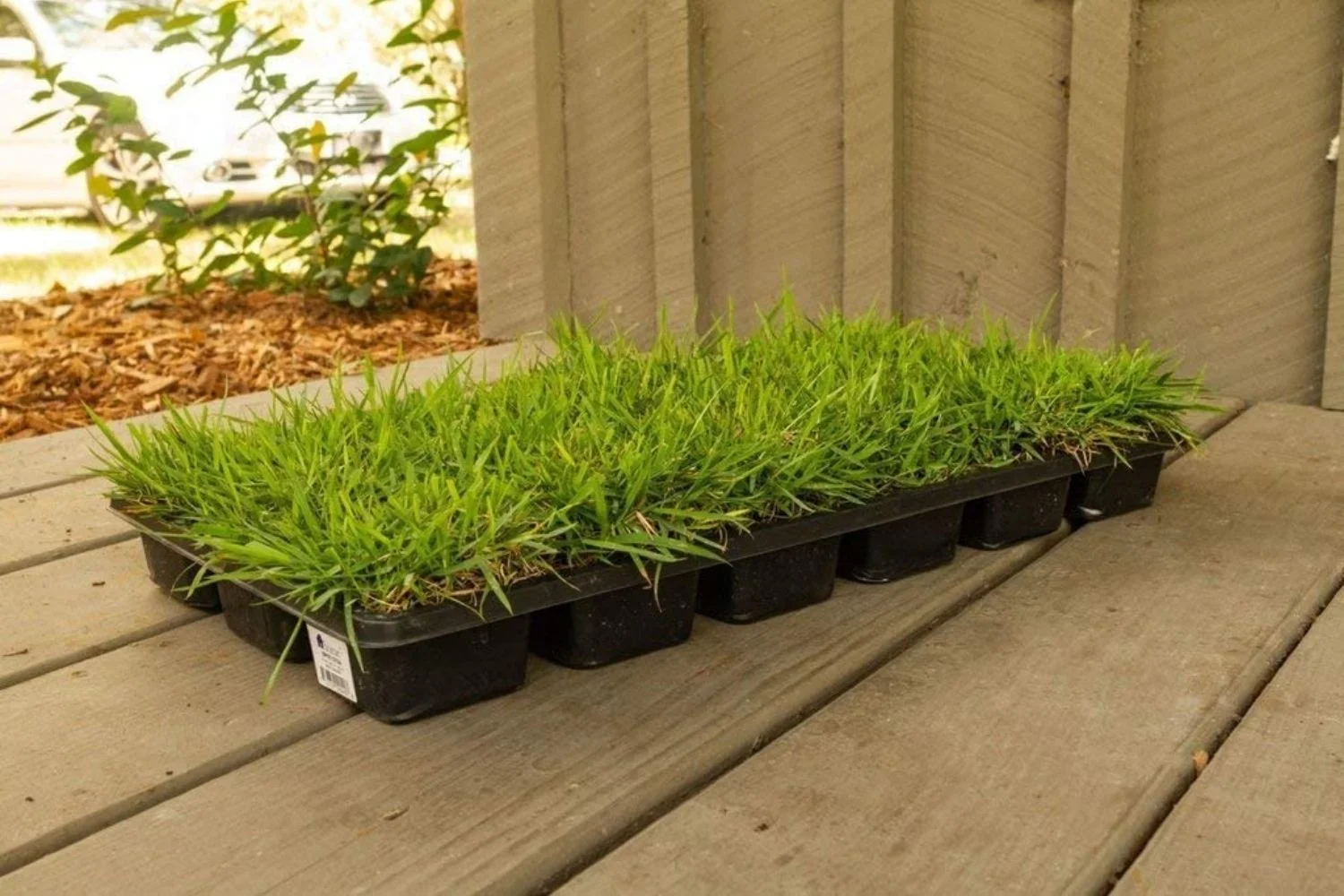
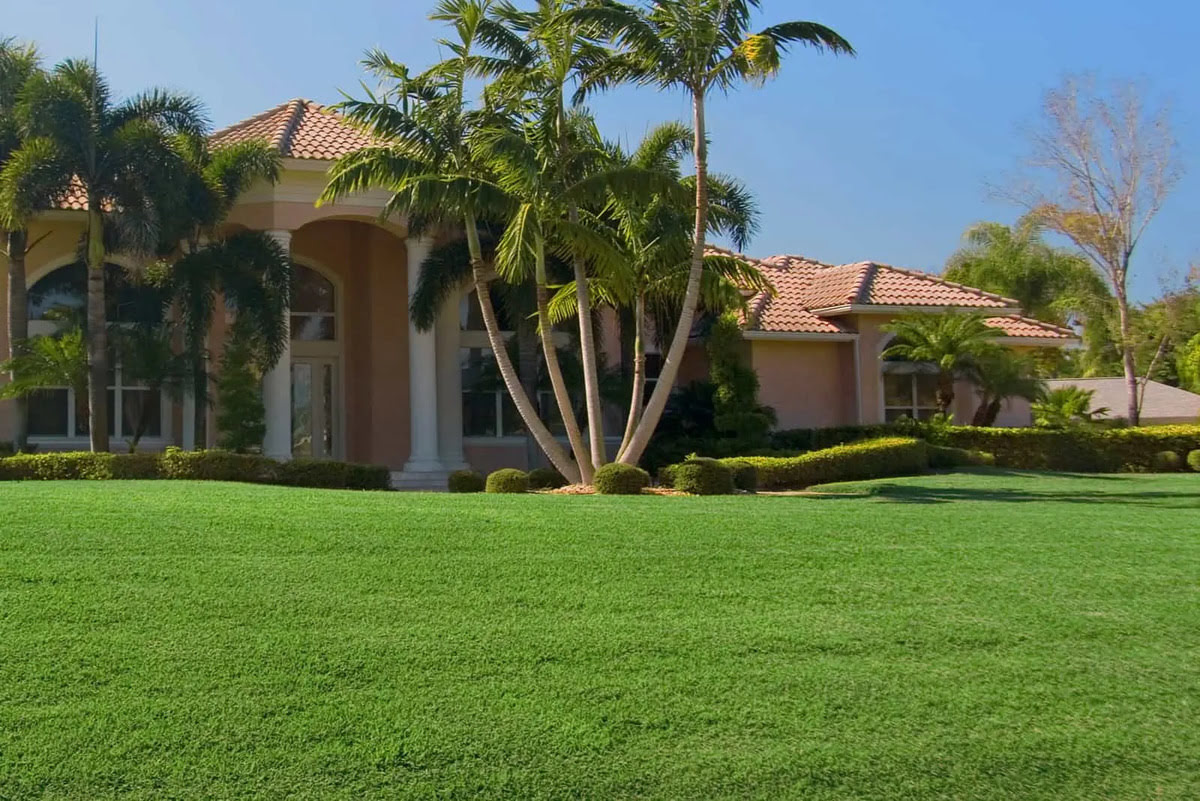
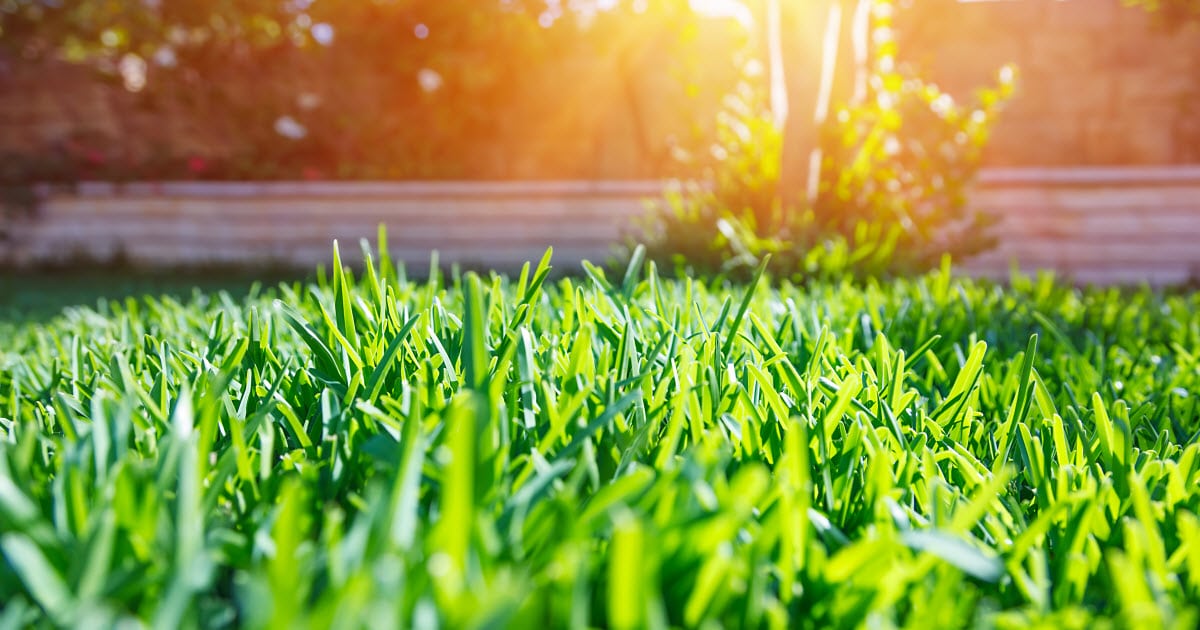
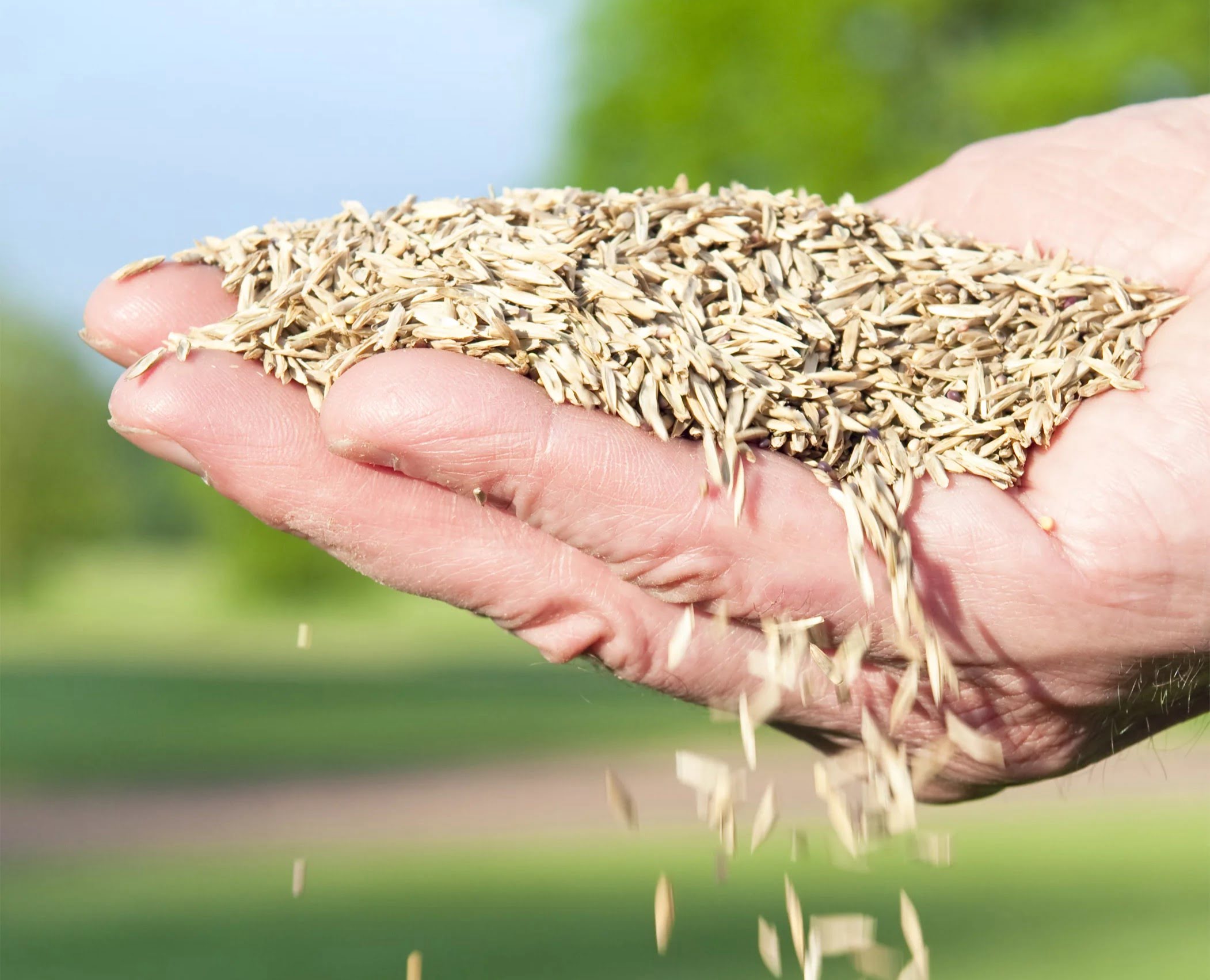
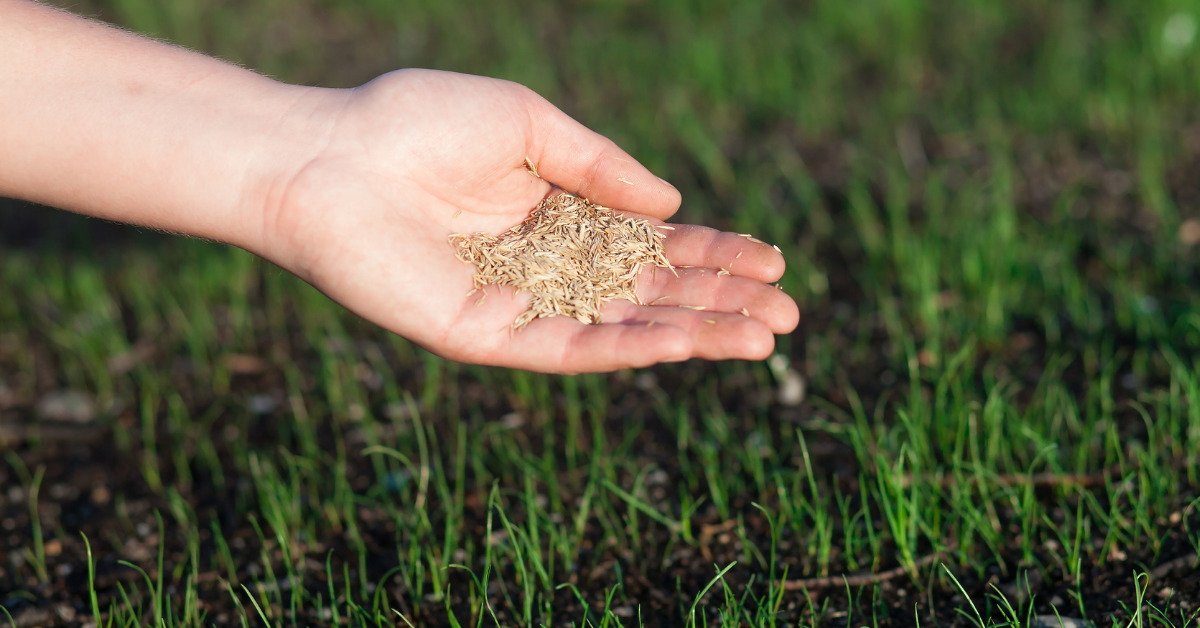
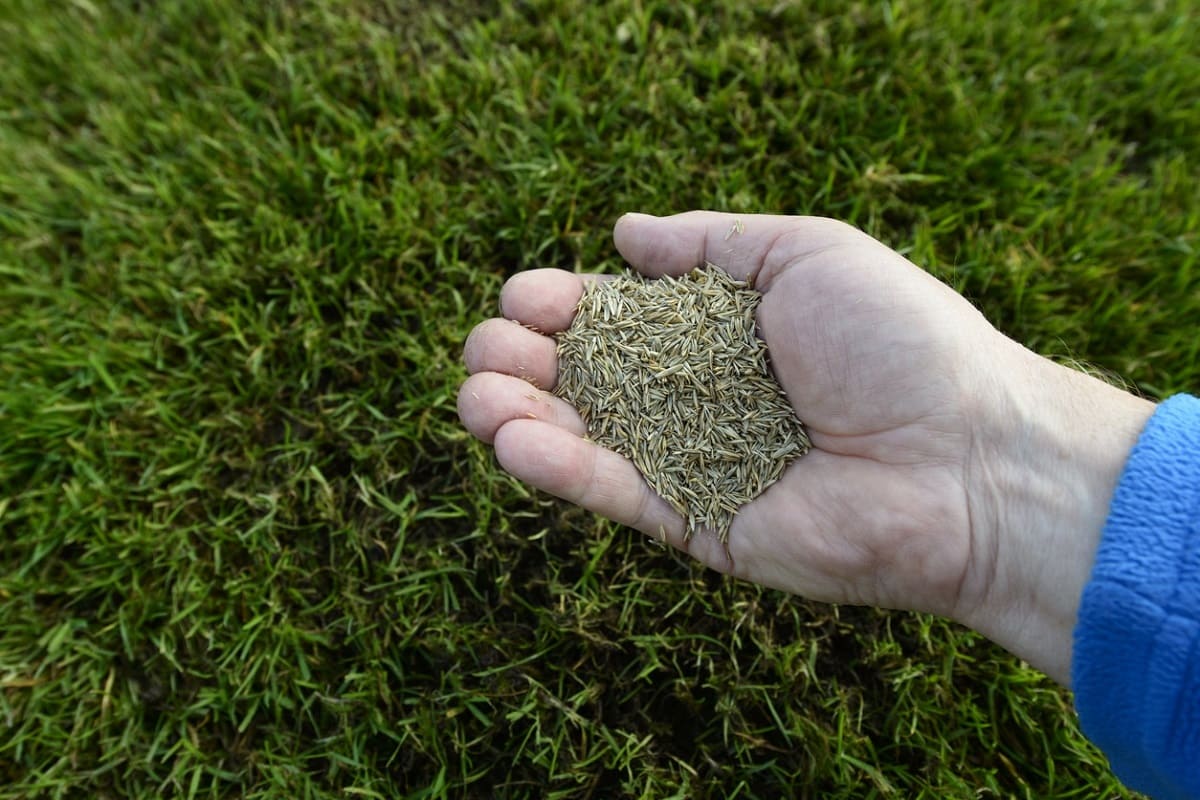

0 thoughts on “What Kind Of Grass Grows In South Florida”